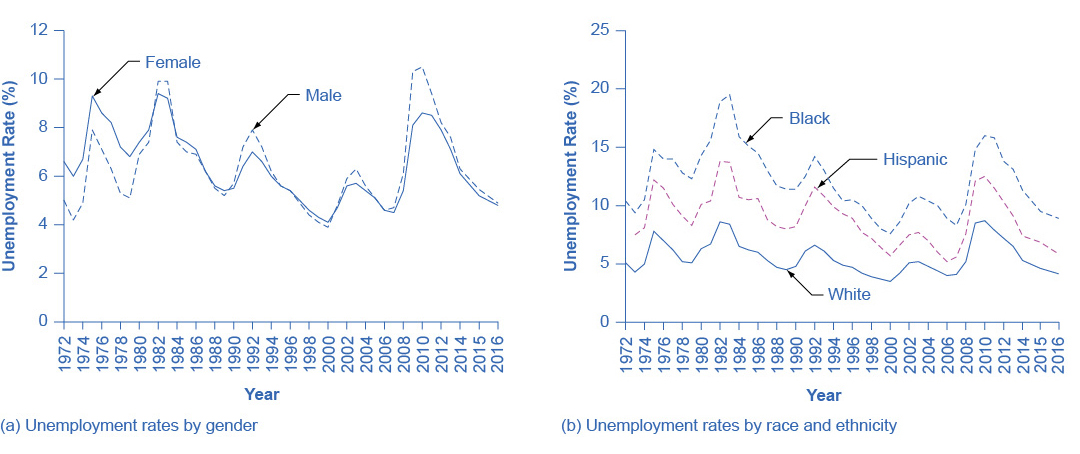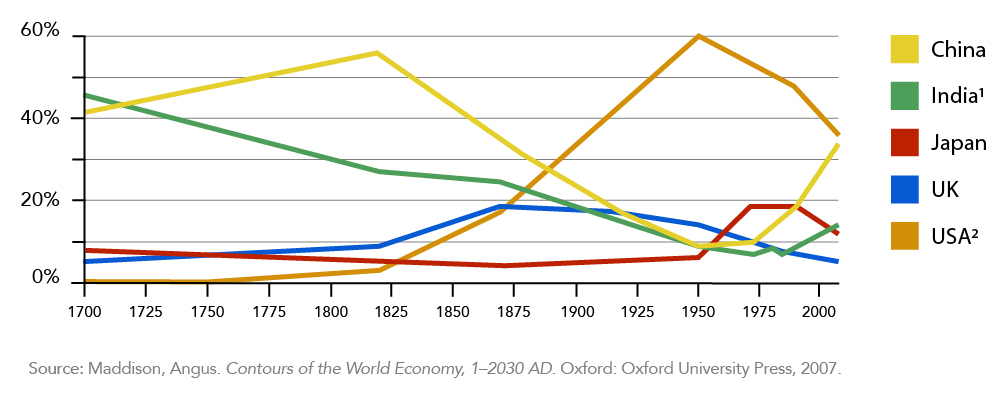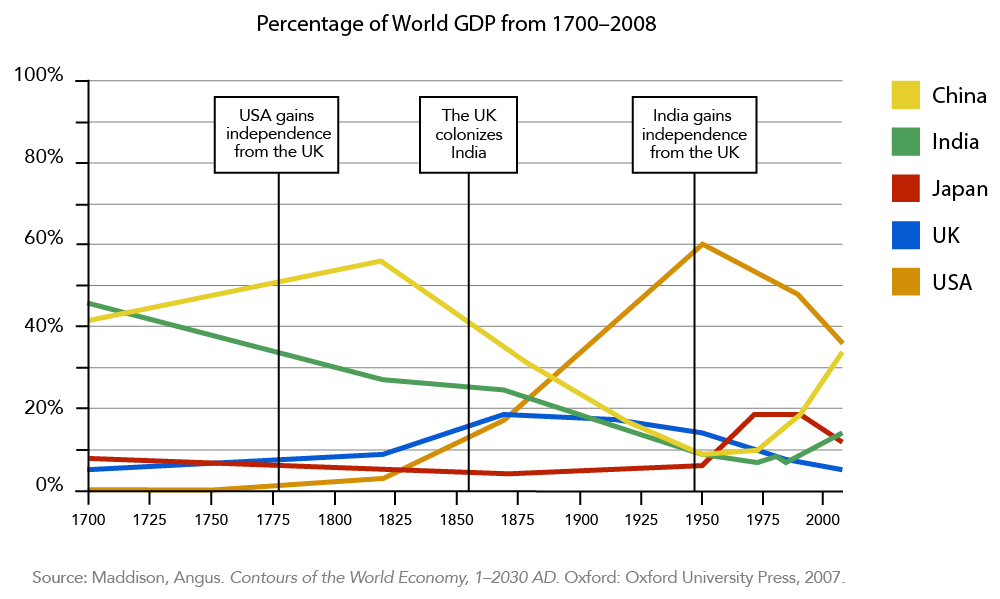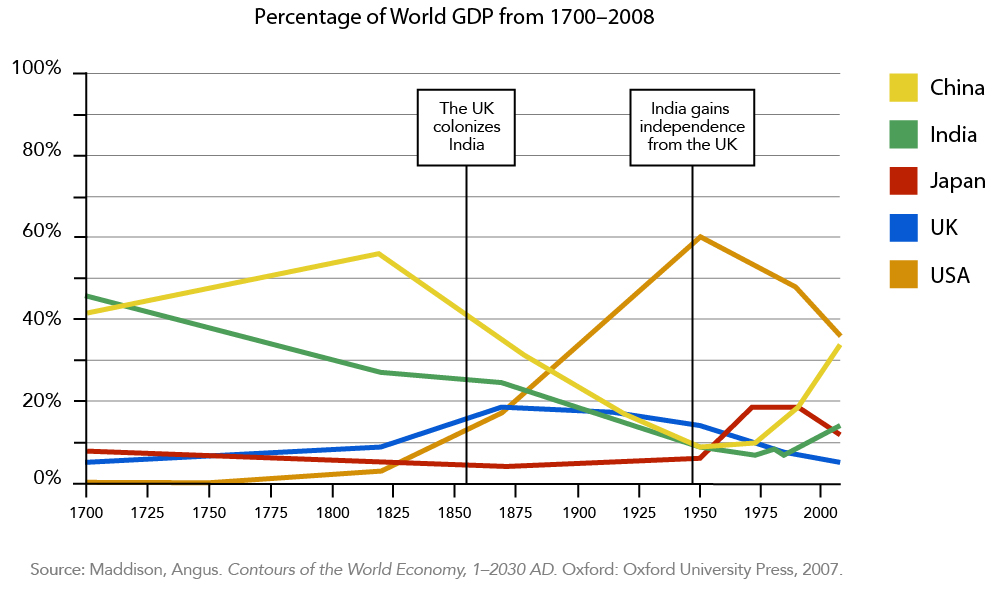5.4: Captions and Titles
- Page ID
- 46151
Learning Outcome
- Describe the impact of descriptive captions and titles when incorporating graphics into a message
Most of the time, putting the data into graph form isn’t quite enough. In fact, it’s just the start. You created this graph to help you tell the story of your data, and to ensure your message gets across, you need to be clever about the captions and titles you include.
You’ll find most communicators title their graphs according to the content they display. It might say “Year-over-year performance” or “Weekly Average Ticket Sales.” But if your message is about how weekly average ticket sales are down 10 percent compared to last year, you might consider calling your graph “Average Ticket Sales are Decreasing.”
watch it
The video below is a demonstration about how to make a graph tell your story by making it easier to read and making the title active:
An interactive or media element has been excluded from this version of the text. You can view it online here: http://pb.libretexts.org/bcsfm/?p=244
Captions usually indicate the source of information. If your sources and communications are not produced by people within your company, then this is an important step. Captioning the source gives your information credibility and strengthens your story.
Practice Question
You can also use captions to convey other pertinent information. You may want to include the sample size of a survey the graph is illustrating or additional background information about the data (as shown in Figure 1). Using captions in this manner helps the reader draw the right conclusion.

A caption on a graph can go badly when there is more information captioned than is of interest to your audience, or if information included in the caption would be better displayed elsewhere.
Let’s take a look at this line graph displaying the percent of world GDP (Figure 2):

Imagine if the graph above, which shows the percent of the world’s gross domestic product from 1700–2000, looked more like Figure 3:

Now the title is included in the caption, as well as some information about British colonization. How could we make it a little easier for the audience to absorb that information?

Figure 4 is even better. Now the graph is titled, and those instances of colonization are marked on the timeline. However, let’s imagine the author is focusing on India in their report or presentation. In that case, the note about the colonization of the United States isn’t quite relevant and should be trimmed out (Figure 5).

Much better! Now the graph shows only the information relevant to the point the creator is trying to make.
Visual media should always make a point clearer, so make sure your graph’s format, titles and captions are working for you rather than against you.
- Captions and Titles. Authored by: Freedom Learning Group. Provided by: Lumen Learning. License: CC BY: Attribution
- Unemployment graph from Patterns of Unemployment. Provided by: OpenStax College. Located at: https://cnx.org/contents/vEmOH-_p@4.44:82qMsJce/Patterns-of-Unemployment. License: CC BY: Attribution. License Terms: Download for free at http://cnx.org/donate/download/4061c...cb31@10.49/pdf
- Persuasive Presentation: How to Make Graphs More Powerful. Authored by: Peter Temple. Provided by: youtube. Located at: https://www.youtube.com/watch?v=hXnTFoxfGt8&feature=youtu.be. License: All Rights Reserved. License Terms: Standard YouTube License

